Click
Here to return to the previous page
Paul Sparks, Online Business English Lesson Plans, Lesson Material and Ideas for
Grade 1 English Conversation Lessons at Xiangtan Normal University...
Lesson 14 -
TRANSPORT
British Roads
Drivers in the UK
drive on the left side of the road!
In the UK many people drive
their own car, therefore there is a large amount of traffic on the roads.
There are different types of roads - major roads are normally called
motorways and have 3 lanes of traffic on either side. The motorways are
all given numbers, for example "M1", M6" etc. Main roads
are called "A roads" and normally have a dual carriageway (2
lanes of traffic on either side as shown in the picture). The "A
roads" are also given numbers, for example "A1",
A1234" etc. Local roads with one lane for each side of traffic are
called "B roads" and are numbered "B2211" etc.
In the UK anyone over the
age of 17 can drive a car provided that they pass a driving test and get a
driving licence. Traffic in the UK is controlled by a set of rules known
as the "Highway Code". The Highway Code tells drivers and pedestrians
(walkers) what they can and can't do on the roads.
Roads in the UK have many
"zebra crossings" or pedestrian crossings. When a person walks
across the street on a crossing the traffic has to stop to allow them to
cross. Many crossings are controlled by traffic lights, people can press
the button on the lights to stop the traffic.

Trucks
Britain's roads
have many delivery lorries travelling around the country. They normally
display the name of the company or brand of goods. Many retailers use road
as their preferred method of transport.
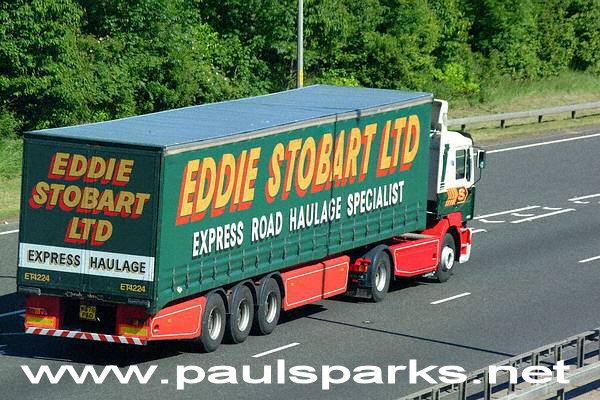
Vans
These are bigger
than cars, and used to deliver smaller goods. They are also used by many
businesses. 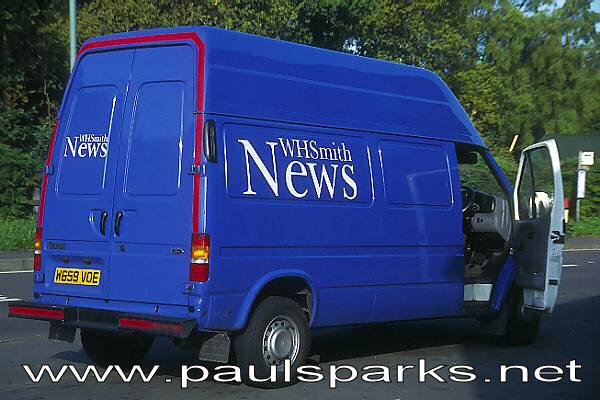
Motorbikes
In the UK anyone
over the age of 16 can ride a motorbike. British law says that anyone on a
motorbike must wear a crash helmet when riding.
Bicycles
Bikes aren't used
as much in the UK due to the uneven landscape and also because of the wet
weather. Bikes are used more by children or by people as a method of exercise.
Buses
In the UK buses are
owned by private companies. Many roads have a separate lane which can only
be used by busses, taxis and cyclists. London buses are always red, but
busses in other areas can be any colour. 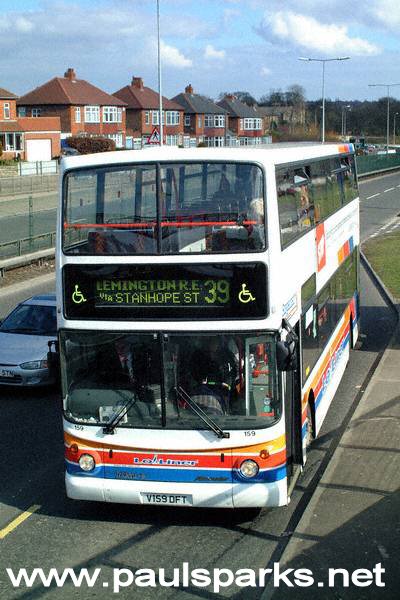
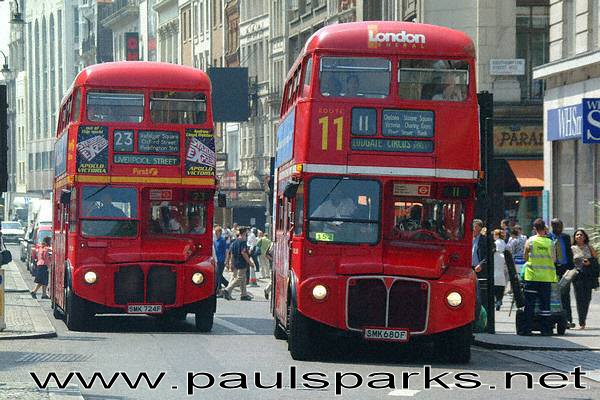
Taxis
In London taxis are
very large and always black. They are normally known as "Black
Cabs". Taxis in other areas can be any type of car and any colour.

British Railways
Like other services
the railways are also private companies. The train companies operate
different train routes. The types of trains vary - there are electric
trains as well as diesel trains. There are passenger trains as well as
goods trains. British trains are very fast, because the UK is a small
country there are no sleeper trains. The newest trains in the UK are the
ones which are operated by "Eurostar", these are the trains
which travel between England and France. They only take 20 minutes to pass
under the Channel, people can travel on them as well as drive their cars
onto the trains.
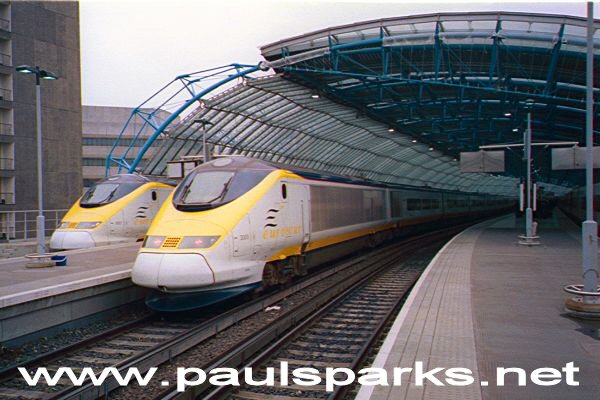
Emergency Vehicles
The emergency
services use very modern transport, the ambulances are normally white with
bright colours used to make people aware of the ambulance. Fire engines
are always red. Police cars very in each region, however they are normally
white with bright colours, the type of car will vary also. The emergency
vehicles all use blue lights.



Traffic Laws
The road laws in
the UK are very strict, anyone caught speeding, driving dangerously or
drunk driving will be punished with a fine, loss of licence or prison.
Traffic police patrol the roads and speed cameras (shown in the picture
below) are used on roads to catch people speeding.
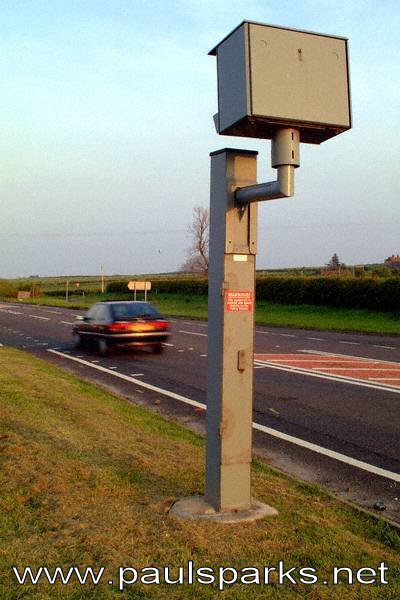
There is also wide spread
use of surveillance cameras, known as CCTV cameras (Closed Circuit
Television). Roads will be monitored using cameras as shown below to watch
roads and check on any build up of traffic or any accidents.

|











